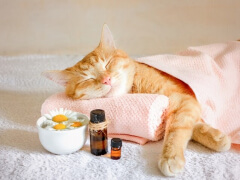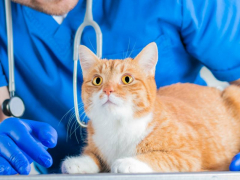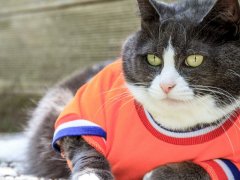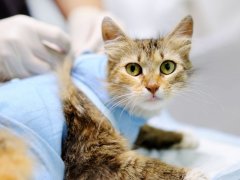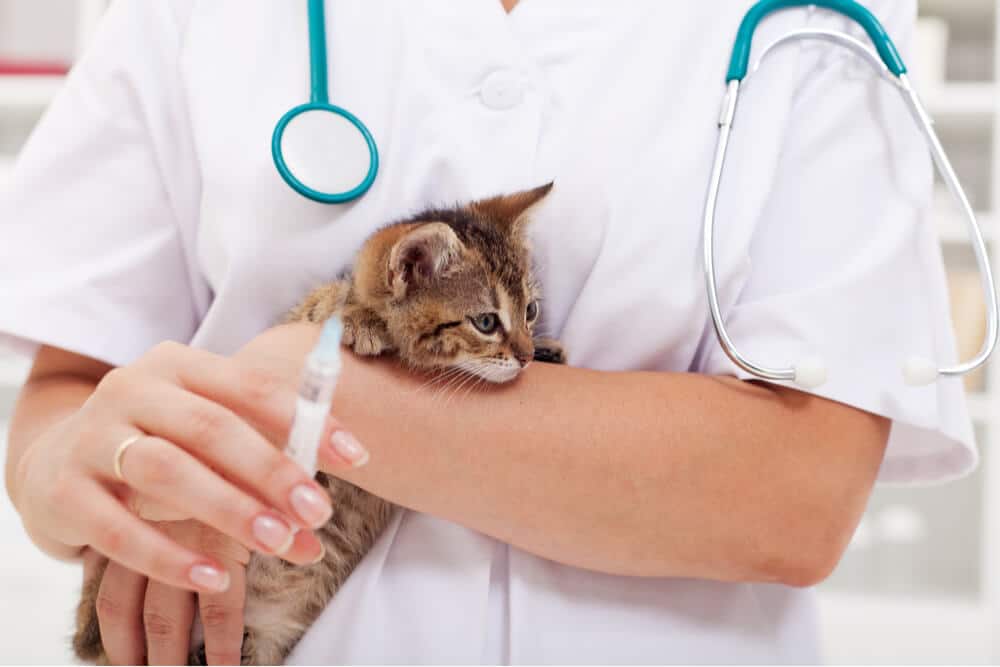
Feline leukemia is also known as cat leukemia, with “leukemia” being spelled as “leukaemia” in some parts of the world. This is a serious and life threatening viral disease, and vaccinating young cats, in particular, is a sensible way of protecting vulnerable animals from infection.
What Is Feline Leukemia?
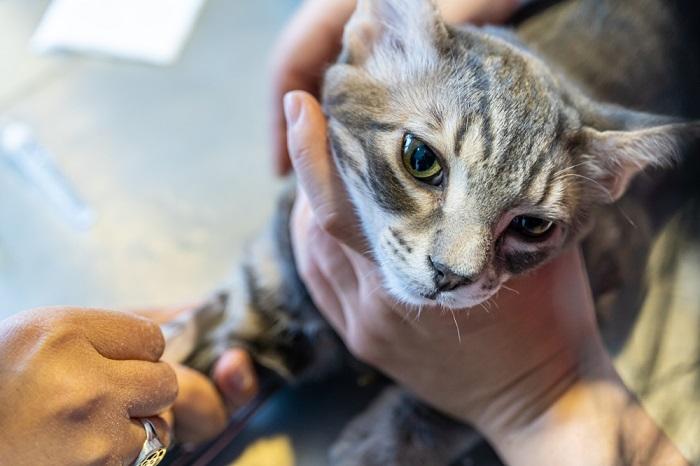
Feline leukemia is one of the most common infectious diseases of cats in the world. The disease is caused by the Feline Leukemia Virus (FeLV).
The virus has a profound effect on the immune system, the bone marrow and blood cells of the cat, and there are up to six stages of infection: infected cats can be asymptomatic carriers for many years, but the clinical signs and the long term prognosis is variable, depending on a number of factors.
Clinical signs may include weight loss, gingivitis (inflamed gums), stomatitis (inflammation of the lining of the oral cavity), and a range of other possibilities. While some cats can live a healthy life, with a normal lifespan, other cats can have a mortality rate of around 50% in 2 years and 80% in 3 years.
How Does Feline Leukemia Spread From Cat To Cat?
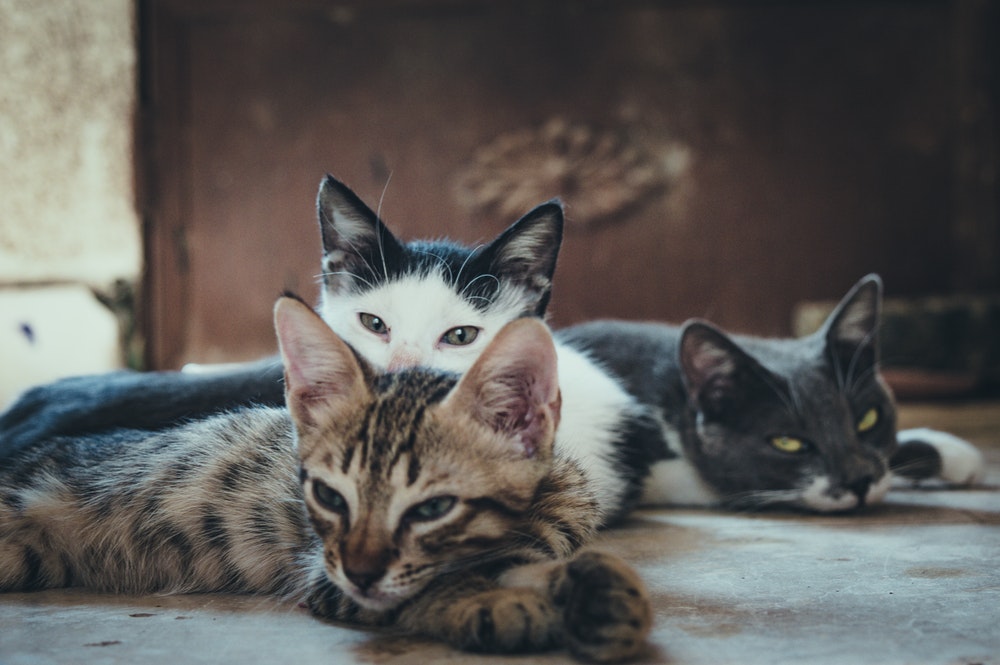
Feline leukemia is transmitted from cat to cat during close social contact.
FeLV transmission generally takes place during close social contact between infected and uninfected, unvaccinated cats. The virus is shed principally in saliva, but it is also present in blood, urine, faeces, tears and nasal secretions, as well as in the milk of infected mothers.
The virus is primarily passed on by oral or nasal exposure to viral particles, but it can also be spread via bite wounds. Common methods of transmission include food and water dishes, shared litterboxes, and mutual grooming between cats that are affectionate to one another.
What Is The Cat Leukemia Vaccine?
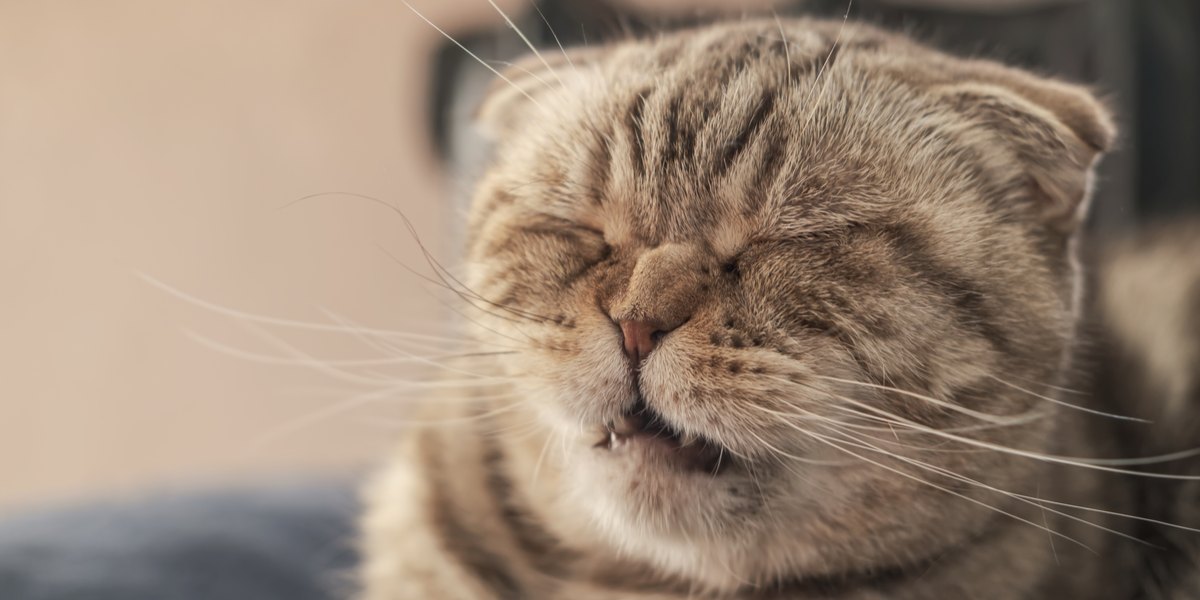
Feline Leukemia (FeLV) vaccines are licensed to stimulate immunity to FeLV in cats. Various formulations are available, including inactivated, whole virus vaccines, recombinant subunit vaccines; and genetically-engineered, subunit recombinant vaccines linked with a canary pox vector virus.
Should Your Cat Get The Feline Leukemia Vaccine?
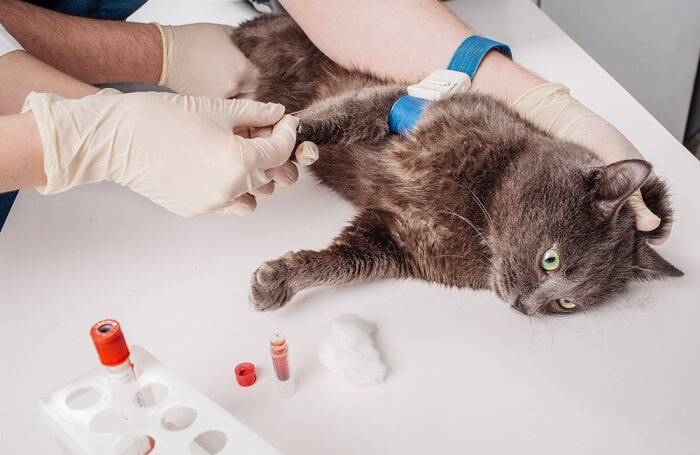
Feline Leukemia vaccine is classified as a non-core vaccine under the World Small Animal Veterinary Association (WSAVA) and American Association of Feline Practitioners feline vaccination guidelines, meaning that the need for vaccination is dictated by geographical location, lifestyle and exposure risk.
Indoor cats that never encounter other cats should not be at risk of picking up Feline Leukemia, so vaccination may not be necessary. However cats that roam outdoors, coming into contact with other cats, are likely to be at risk, so vaccination may be recommended. Every cat owner should discuss this topic with their own veterinarian, making a decision based on the individual risk of the cat.
Also Read: Should You Let Your Cats Outside?
It’s important to distinguish FeLV from another retrovirus infection, Feline Immunodeficiency Virus (FIV), and from Feline Infectious Peritonitis (FIP), a type of coronavirus infection. These disease names may sound similar to a cat owner, yet they are entirely different diseases, and will be discussed in different articles.
When Should Your Cat Get A Feline Leukemia Vaccine?
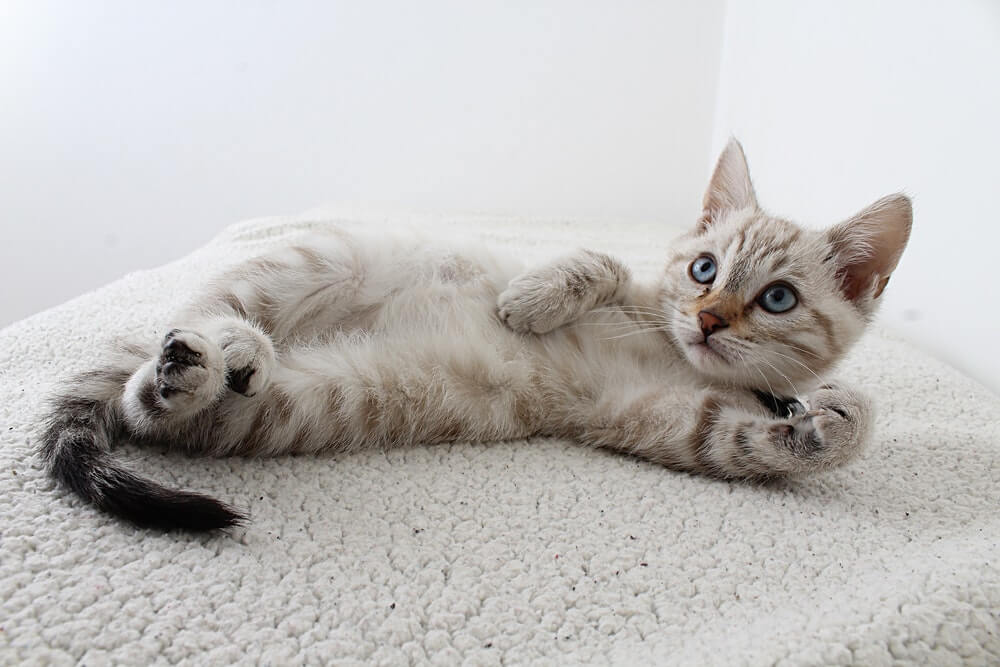
Kittens should be given an initial vaccine at 8 – 12 weeks of age and second dose is normally given 3-4 weeks later. Annual booster vaccinations are recommended, but not necessary for every cat.
Kittens should be given an initial vaccine at 8 – 12 weeks of age, depending on the specific vaccine product; and a second dose is normally given 3-4 weeks later. An annual booster vaccination is generally recommended but should be discussed with your vet annually.
Also Read: Cat Vaccination Schedule
These vaccinations are often combined with routine feline vaccines known as FVRCP against the common respiratory infections often called “cat flu” (feline viral rhinotracheitis and feline calicivirus) and feline panleukopenia (feline distemper).
The vaccine will not protect cats that are already infected with FeLV, so FeLV testing (usually using an in-house elisa blood test or an IFA test) prior to vaccine administration is recommended.
Only healthy cats and FeLV negative cats should be vaccinated.
How Much Does The Feline Leukemia Vaccine Cost?
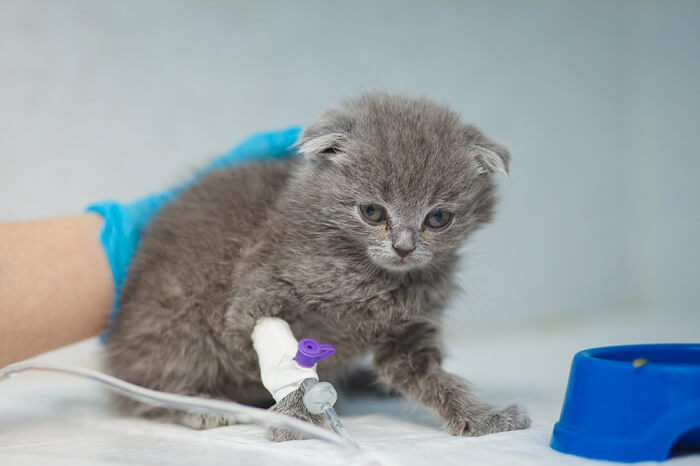
The cost depends on your location and your choice of DVM veterinarian: you should phone around your local area to discover the range of prices on the market place. In general, the fee represents a combination of a veterinary clinical examination of your pet (to make sure that they are healthy enough to vaccinate) as well as the cost of the vaccine itself. The Avg. cost for the Vaccine in the US is around $20-$25.
Cat Leukemia Vaccine Side Effects
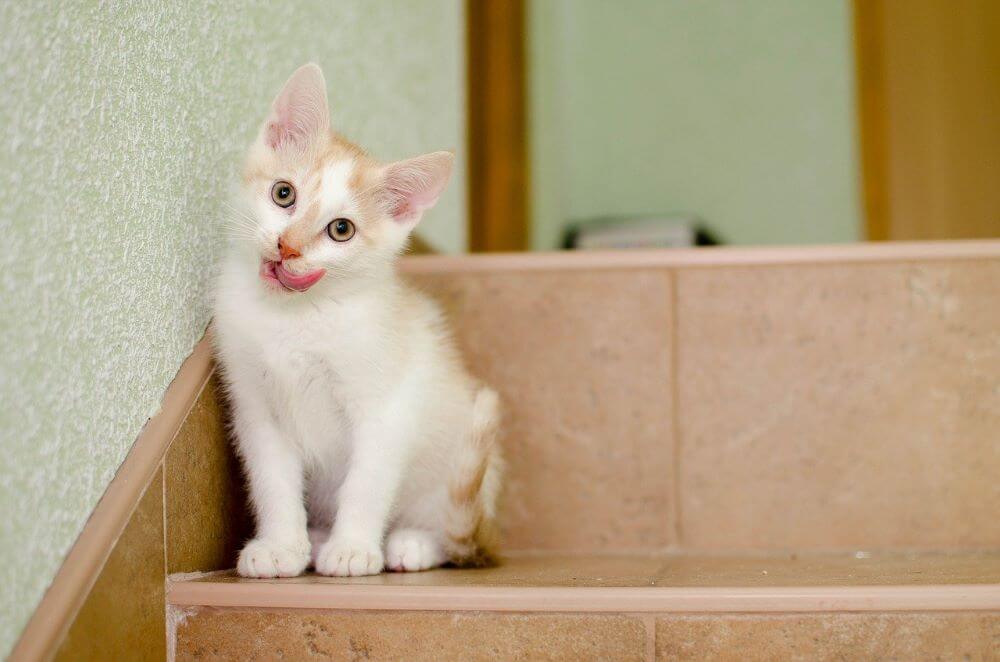
Among some cats, a feline leukemia vaccine is associated with minor side effects.
Side effects of FeLV vaccination are rare and usually very minor, such as transient episodes of dullness, with mild pyrexia. Occasionally there may be minor swelling and discomfort at the injection site.
Historically, injection site sarcoma (a type of cancer) was linked with FeLV vaccination, but more recent studies have shown that adjuvant-containing (killed) rabies and FeLV vaccines have a ten times higher risk of tumor formation compared to more recently developed recombinant rabies and FeLV vaccines.
It’s important to note that all recombinant and modified live virus vaccines now sold in the US and Canada are adjuvant-free.
As with any injected product, exceptionally rarely, a severe anaphylactic allergic reaction can occur after FeLV vaccination. As a veterinarian qualified for over thirty years, I have never witnessed this after a cat vaccination.
